Ecological consequences of alternative plant designs (Viewpoint)
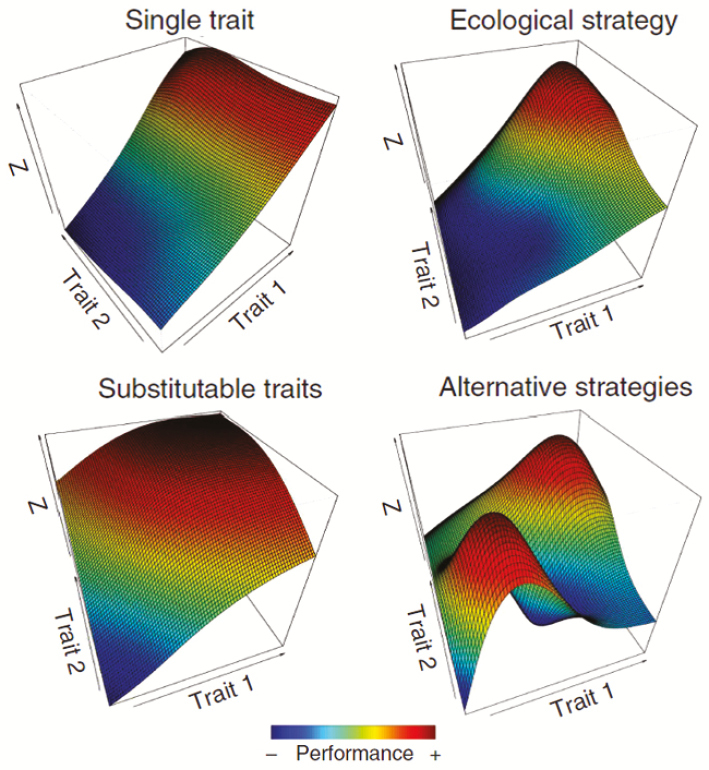
Annals of Botany 125: 391–398, 2020
doi: 10.1093/aob/mcz180
An important and overlooked consequence of multidimensional phenotypes is that phenotypically dissimilar species can have similar performance in the same environment. Such alternative organism designs are considered as an important mechanism driving the evolution and maintenance of trait variation observed in plants and animals. Dias et al. consider the implications of alternative designs for community and ecosystem ecology. They use the concept of trait integration level to hypothesize which types of traits should be more directly coupled with performance and suggest analytical approaches to help with addressing trait interactions for understanding both species responses to and effects on the environment.
Authors: André Tavares Corrêa Dias, Bruno H. P. Rosado, Francesco de Bello, Nuria Pistón, and Eduardo A. de Mattos
The function of secondary metabolites in plant carnivory (Review)
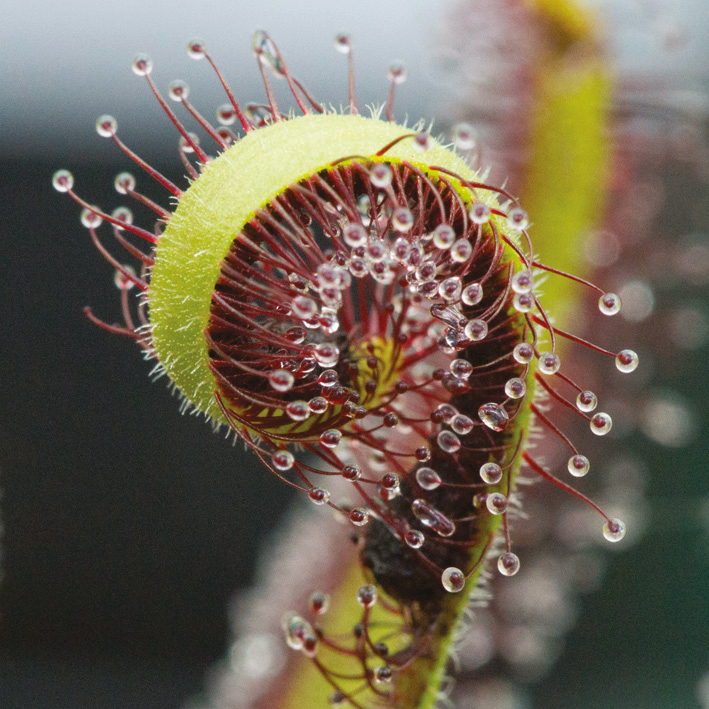
Annals of Botany 125: 399–411, 2020
doi: 10.1093/aob/mcz191
Carnivory in plants is a striking example of convergent evolution. Hatcher et al. present a first synthesis of knowledge of the adaptive function of secondary metabolites in carnivorous plants and find ~170 novel and exapted metabolites intrinsic to plant carnivory. The functional roles of these metabolites cover all aspects of plant carnivory including prey attraction, capture and digestion. Hatcher et al. find that 26 of these metabolites — all volatile organic compounds produced for prey attraction — are common to species in which carnivory evolved independently, indicating convergent evolution at a biochemical level. The review provides a framework for understanding the convergent evolution of secondary metabolites as carnivorous traits.
Authors: Christopher R Hatcher, David B Ryves, and Jonathan Millett
Plasticity in the growth habit of saxifrage plants at high altitudes
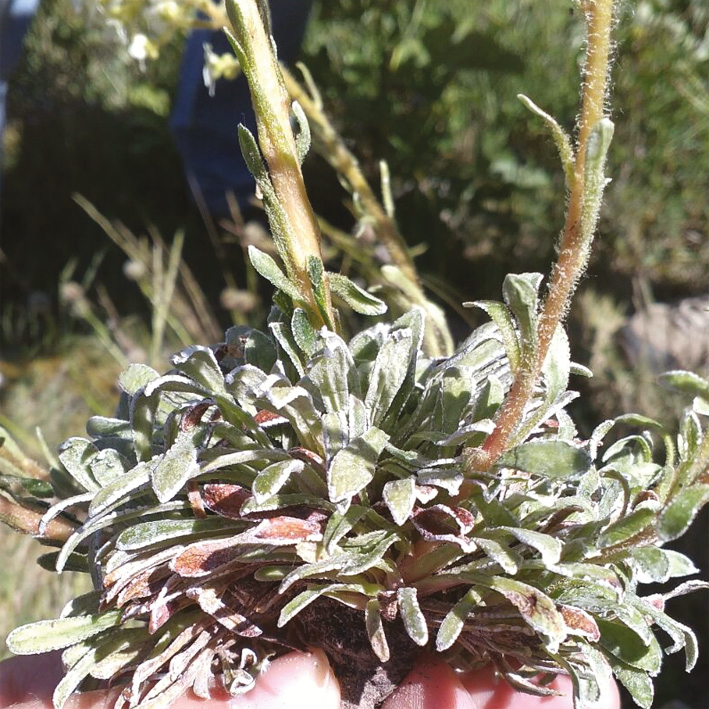
Annals of Botany 125: 413–421, 2020
doi: 10.1093/aob/mcz202
Saxifraga longifolia Lapeyr. (Saxifragaceae) is a monocarpic perennial that is well adapted to high-mountain ecosystems in the Iberian Peninsula. Cotado and Munné-Bosch evaluated altitudinal changes in life forms in this plant species, with a particular emphasis on the physiological costs of clonal growth. They find that <10% of Pyrenean saxifrage plants growing at the highest altitudes (>2,000 m a.s.l.) produced lateral rosettes which survived the flowering of the main rosette, thus escaping monocarpic senescence. Clonal growth did not worsen the physiological performance of plants growing at high altitude. Adjustments in endogenous stress-related phytohormones may explain, at least in part, this plastic behaviour.
Authors: Alba Cotado and Sergi Munné-Bosch
For a Commentary on this article see this issue, pp. iv–v.
Dimorphism in cleistogamous flowers in Portulaca oleracea
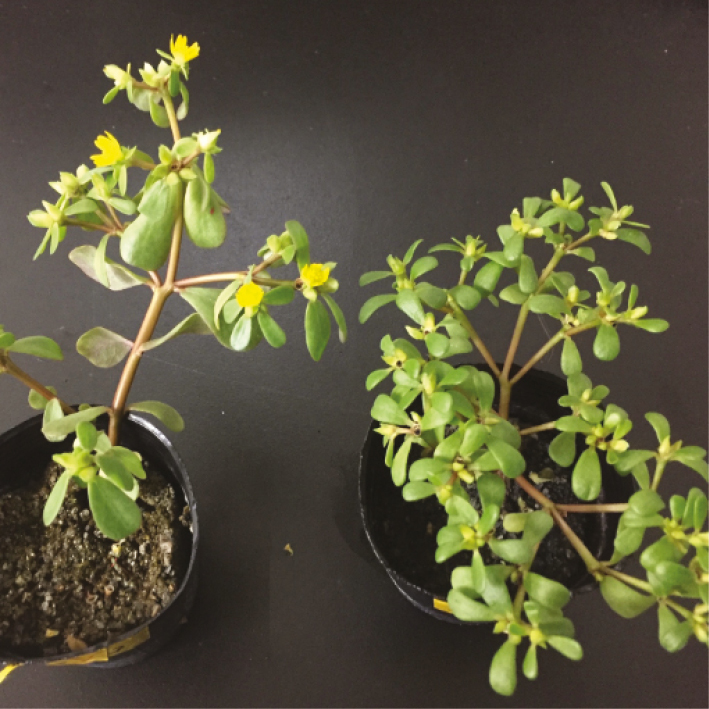
Annals of Botany 125: 423–431, 2020
doi: 10.1093/aob/mcz167
Cleistogamy is considered to be an adaptive strategy resulting in plasticity in chasmogamous (CH) and cleistogamous (CL) flower production depending on environmental conditions and plant size. Furukawa et al. conducted growth experiments to investigate whether flower production in Portulaca oleracea (Portulacacea) is heritable and if plants in the same population show the same pattern of flower production. In contrast to the previous hypothesis that the production of both CH and CL flowers would be plastic, the genotypes producing either CH or CL flowers occur at different frequencies under varying climatic conditions.
Authors: Tomoyo Furukawa, Tomoyuki Itagaki, Noriko Murakoshi, and Satoki Sakai
Floral morphology depends on climate and floral visitors
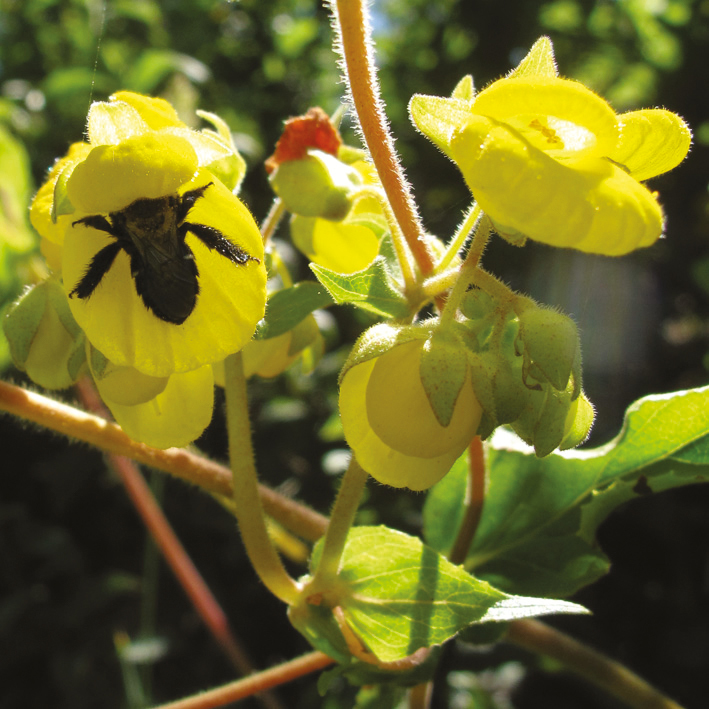
Annals of Botany 125: 433–445, 2020
doi: 10.1093/aob/mcz172
Floral morphology can vary substantially within species, which can be explained by pollinator changes, or local differences in abiotic conditions. Weber et al. assess floral variation in relation to both climate and floral visitors in four Calceolaria (Calceolariaceae) oil-reward pollination interactions. We sampled pollinators, and floral and climatic traits across the ranges of the four plant species, and analyzed them using spatial and statistical approaches. They show that climate can indirectly explain floral morphology and can affect pollinator visits. In turn, pollinators can directly explain floral traits. Their results demonstrate that biotic and abiotic variables can interact and together explain intraspecific floral variation.
Authors: Urs K. Weber, Scott L. Nuismer, and Anahí Espíndola
A rare giant herb from the Himalayas threatened by grazing
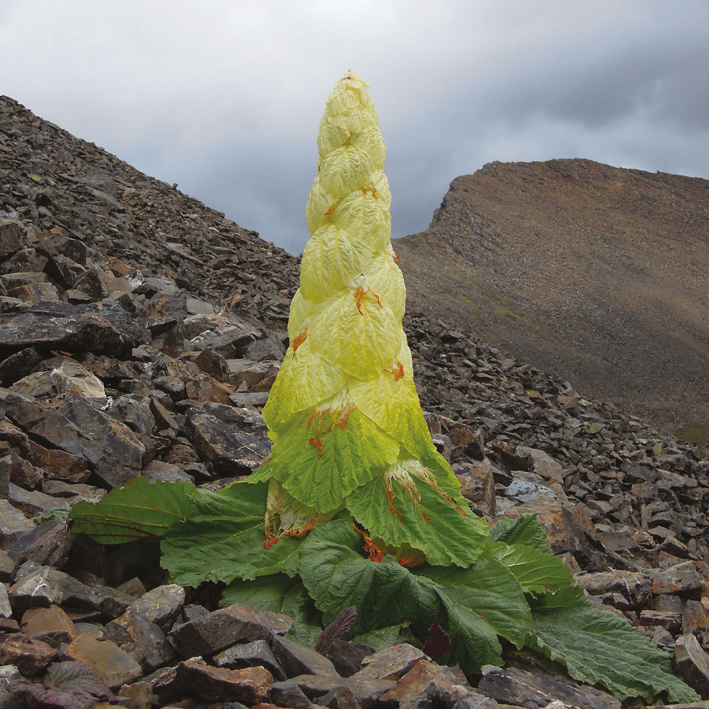
Annals of Botany 125: 447–458, 2020
doi: 10.1093/aob/mcz178
Rheum nobile (Polygonaceae) is a charismatic herb from the high Himalayas with a rare type of life cycle. After year-long growth as a rosette, a tower-like inflorescence that measures 1.5–2 m in height produces up to 10,000 seeds; then the plant dies. Song et al. use demographic monitoring and modelling to identify critical size-dependent functions, and reveals that this plant needs more than 30 years until flowering. Grazing by yaks causes the growth rate to drop below 1, impairing long-term population persistence of this flagship species.
Authors: Bo Song, Peter Stoll, Deli Peng, Hang Sun, and Jürg Stöcklin
Desiccation drives cell wall remodelling in lichen algae
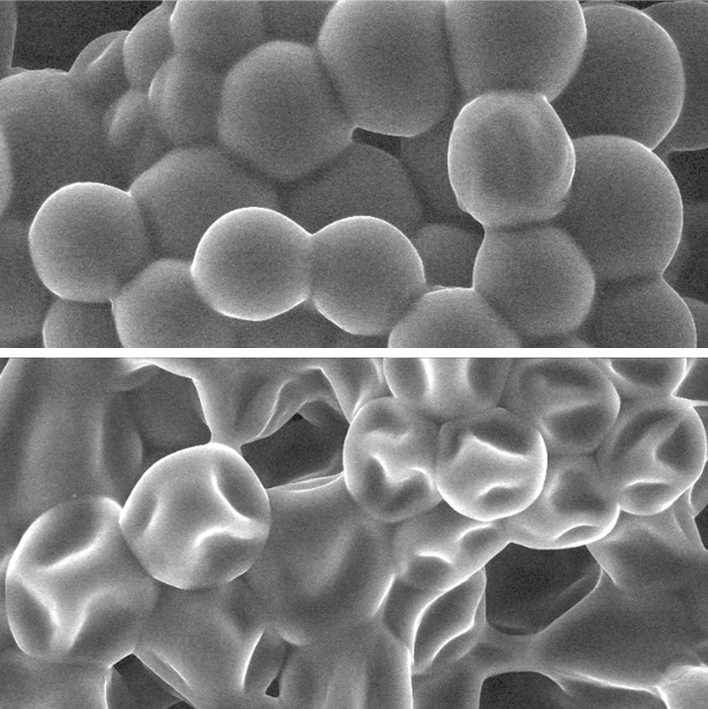
Annals of Botany 125: 459–469, 2020
doi: 10.1093/aob/mcz181
Cell wall folding prevents cell damage in desiccation-tolerant plants. Trebouxia sp. TR9 (TR9) and Coccomyxa simplex (Csol) are two desiccation-tolerant lichen-forming microalgae from different habitats. Gonzalez-Hourcade et al. study the cell walls of these microalgae through electron microscopy and biochemical approaches. Desiccation-rehydration causes dynamic deformation of the cell wall, accompanying that of the protoplast, in response to changes of internal water content of both microalgae. The process quantitatively and qualitatively modifies the cell wall polysaccharides of TR9 and Csol. Biochemical remodelling induced by cyclic desiccation-rehydration appears to play a crucial role in controlling properties of the cell wall of lichen microalgae.
Authors: María González-Hourcade, Marcia R Braga, Eva M del Campo, Carmen Ascaso, Cristina Patiño, and Leonardo M Casano
Distribution of Veronica cytotypes correlates with environmental differences
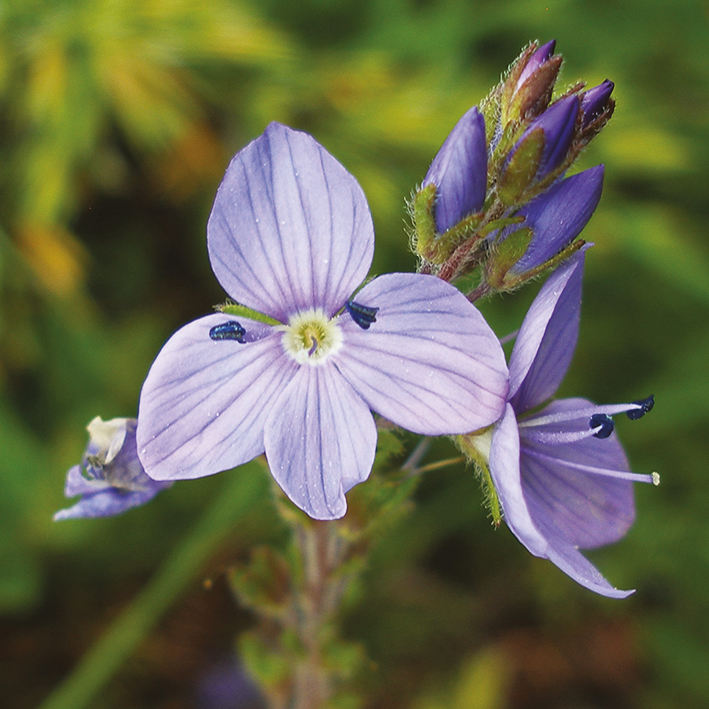
Annals of Botany 125: 471–484, 2020
doi: 10.1093/aob/mcz182
The eco-geographical distribution of cytotypes is a key part of understanding the evolution of polyploid lineages. Performing univariate and multivariate analyses, Rojas-Andrés et al. investigate cytotype distribution in Veronica subsect. Pentasepalae (Plantaginaceae) at a broad scale, and its relationship with environmental variables. Their study shows that the distribution of cytotypes can be explained by ecological differentiation, the existence of refuge areas during the Quaternary climatic oscillations, and by ice and permafrost retreat patterns. This work provides the first comprehensive ploidy screening within Veronica subsect. Pentasepalae and shows that polyploidy and genome downsizing might have contributed to the colonization of new habitats in this polyploid complex.
Authors: Blanca M. Rojas-Andrés, Nélida Padilla-García, Manuel de Pedro, Noemí López-González, Luis Delgado, Dirk C. Albach, Mariana Castro, Sílvia Castro, João Loureiro, and M. Montserrat Martínez-Ortega
Cyclic electron transport provides ATP in Dionaea muscipula
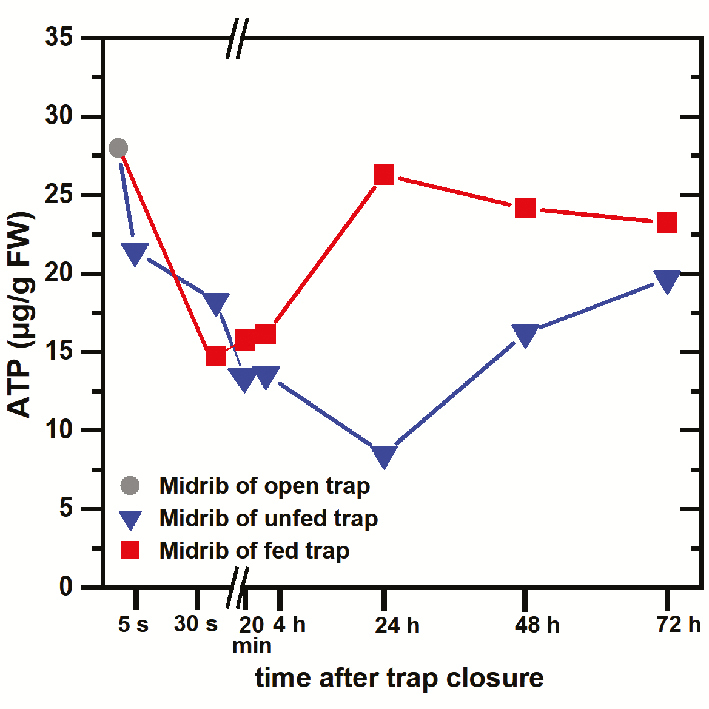
Annals of Botany 125: 485–494, 2020
doi: 10.1093/aob/mcz185
The aim of this study is to identify processes involved in flytrap energy provision after prey capture. Maurer et al. determine photosynthetic CO2 uptake and chlorophyll fluorescence as well as the dynamics of ATP contents in Venus fly trap Dionaea muscipula (Droseraceae) upon closure with and without prey. The results indicate that upon prey capture, a transient switch from linear to cyclic electron transport mediates a support of ATP homeostasis. From 4 hours after prey capture, prey resources begin to contribute to the traps’ ATP pool; apparently, the energy demand of the flytrap for prey digestion and nutrient mining builds on both internal and prey-derived resources.
Authors: Daniel Maurer, Daniel Weber, Eva Ballering, Salah Alfarraj, Gada Albasher, Rainer Hedrich, Christiane Werner, and Heinz Rennenberg
Evolution of Mediterranean firs
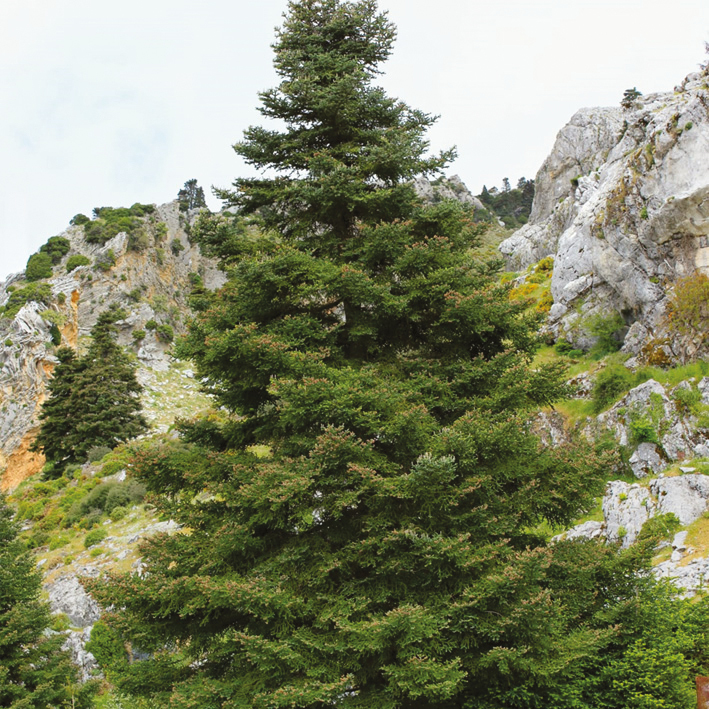
Annals of Botany 125: 495–507, 2020
doi: 10.1093/aob/mcz186
Abies (Pinaceae) is the second most diverse group of conifers, but the evolutionary history of Circum-Mediterranean firs remains under debate. Balao et al. clarify the phylogenetic relationships for the group using restriction site associated DNA sequencing (RAD-seq). All previously recognized taxa in the Mediterranean should be treated as independent species, with the exception of A. tazaotana and A. marocana. In addition, they find a rapid speciation burst shortly after the Circum-Mediterranean firs expansion in the early Miocene and a complex evolutionary history encompassing both ancient and recent introgression.
Authors: Francisco Balao, María Teresa Lorenzo, José Manuel Sánchez-Robles, Ovidiu Paun, Juan Luis García-Castaño, and Anass Terrab
Native pollinators seem irreplaceable
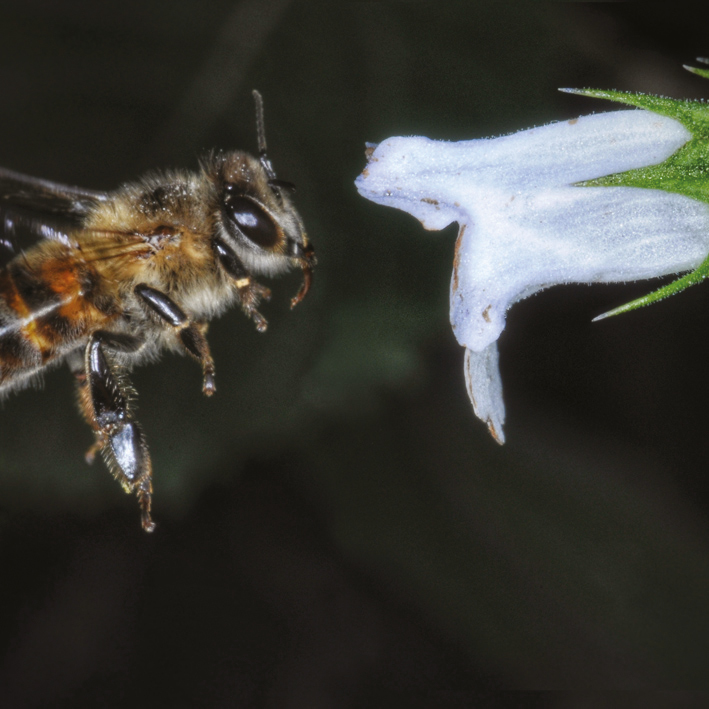
Annals of Botany 125: 509–520, 2020
doi: 10.1093/aob/mcz187
Despite the most efficient pollinator principle being proposed decades ago, most important pollinators are mainly identified using visitation frequency. Baranzelli et al. provide a quantitative estimation of pollination performance of native bumblebees and leafcutter bees versusexotic honeybees in Lepechinia floribunda (Lamiaceae). Given their longer history of interaction, it was expected that native bees would show greater performance than honeybees, and this was borne out even in instances where there is an overabundance of the latter. Thus bumblebees appear as the most important pollinators and potential historical mediators of reproductive trait evolution in L. floribunda. Because the production of seeds by bumblebees involved fewer pollen grains and less investment in floral display than honeybees, contemporary and expected changes in pollinators abundance may affect future L. floribunda floral evolution.
Authors: Matias Cristian Baranzelli, Santiago Benitez-Vieyra, Evangelina Glinos, Alejandra Trenchi, Silvina Córdoba, Julia Camina, Lorena Ashworth, Alicia Noemi Sérsic, Andrea Aristides Cocucci, and Juan Fornoni
Domatia development in Callicarpa saccata
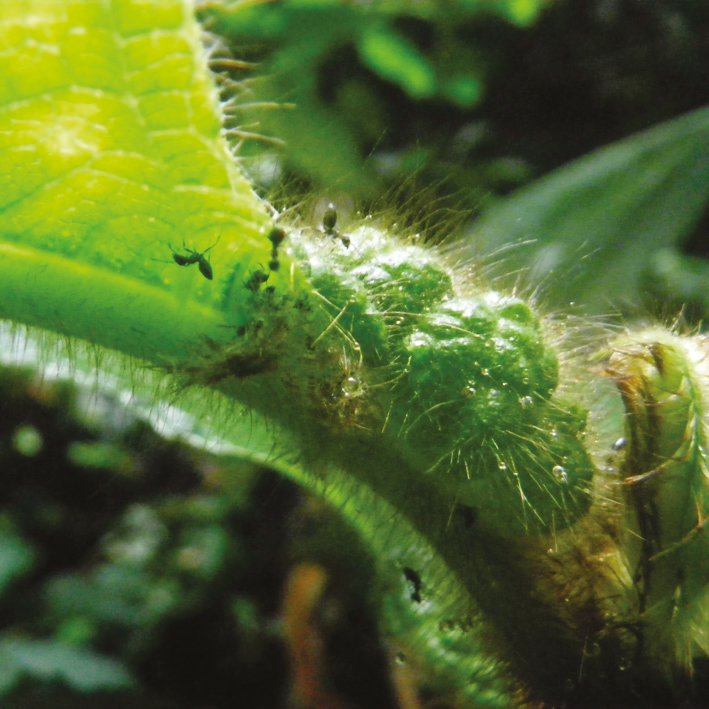
Annals of Botany 125: 521–532, 2020
doi: 10.1093/aob/mcz193
Domatia are plant structures within which organisms reside. Callicarpa saccata (Lamiaceae) develops ‘pouch-like’ foliar domatia in which ants are able to live. Using sectioning and micro-CT scanning, Sarath et al. investigate the morphology of C. saccata domatia and determine the developmental processes underlying their formation. Contrary to a previous hypothesis, they find that domatia form through excess cell proliferation at meristematic blade/petiole junctions. This cell proliferation causes the shape of developing laminas to warp, pushing blade tissues outwards over petioles and creating hollow cavities. The domatia do not have clearly-differentiated palisade and spongy mesophyll layers, but provide sucrose-rich secretions from glands on the inner surfaces of domatia.
Authors: Emma Sarath, Kazune Ezaki, Takenori Sasaki, Yu Maekawa, Yuji Sawada, Masami Yokota Hirai, Akiko Soejima, and Hirokazu Tsukaya
Leaf trichome can avoid extra water stress by impeding gall formations
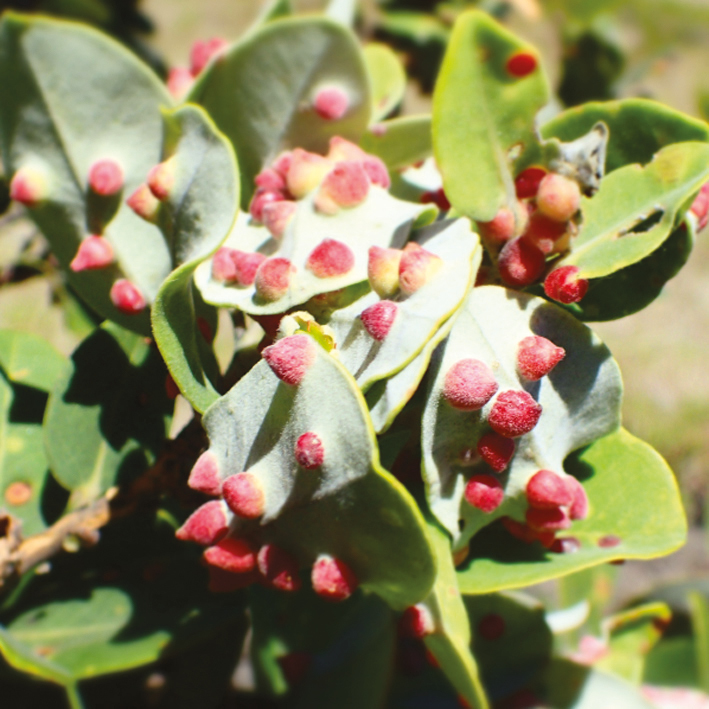
Annals of Botany 125: 533–542, 2020
doi: 10.1093/aob/mcz196
Leaf trichomes are hypothesized to be advantageous in arid environments, and are often considered important for defence against herbivory, yet specifying the exact functions of trichomes has proven elusive. Amada et al. study an evolutionary–diversified plant species Metrosideros polymorpha (Myrtaceae) and its host–specific gall–making psyllids Pariaconus spp. on the island of Hawaii, and demonstrate that gall formations increase uncontrolled leaf water loss. A field census for 1,799 plants shows that psyllid galls are more likely to be formed on leaves with less trichomes. These results suggest that leaf trichomes can be advantageous in arid environments because they impede gall formations, which in turn reduces water loss.
Authors: Gaku Amada, Keito Kobayashi, Ayako Izuno, Mana Mukai, Rebecca Ostertag, Kanehiro Kitayama, and Yusuke Onoda


